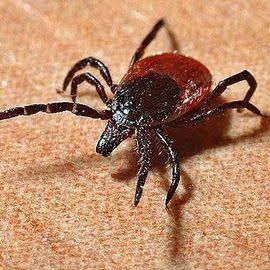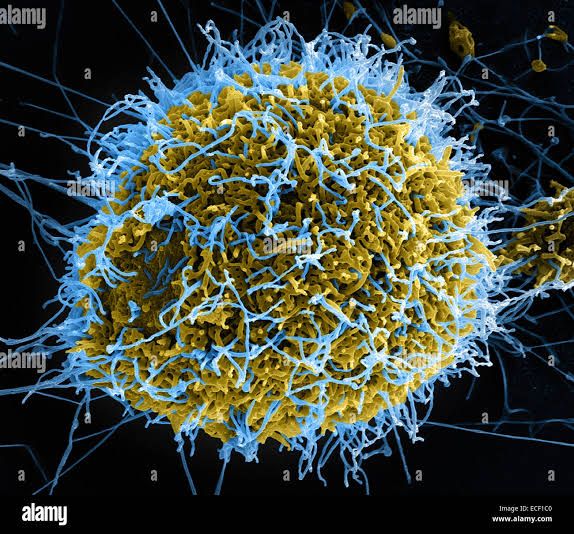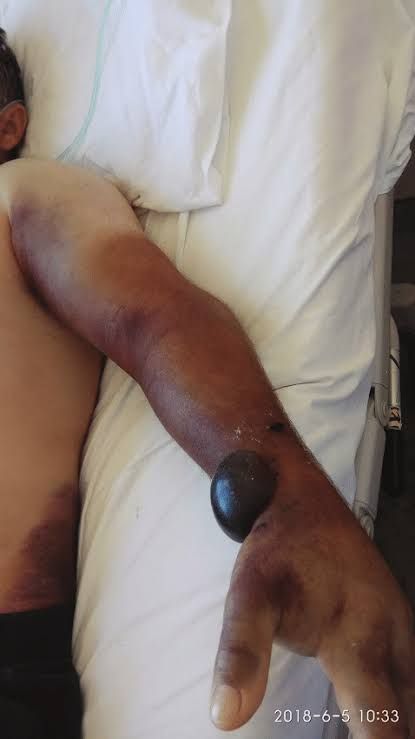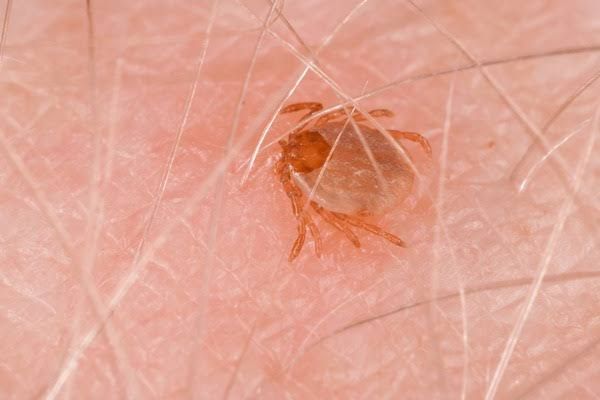Rahmanir Rahim
Assalamu Alaikum Wa Rahmatullahi Wa Barakatuhu
Dear Companions Today I want to share with you some words about the evils of killing foetuses.Welcom to this post and congratulations to all.
Crimean-Congo Hemorrhagic Fever (CCHF) is a viral disease transmitted to humans through ticks or contact with infected animal blood or tissues. The virus belongs to the Nairovirus genus within the Bunyaviridae family. It was first described in Crimea in 1944 and later in Congo in 1956, hence the name. CCHF is primarily found in countries in Africa, the Balkans, the Middle East, and Asia, posing a significant public health concern due to its potential for outbreaks and high mortality rates. Understanding the symptoms, remedies, and preventive measures for CCHF is crucial for both individuals and healthcare systems to mitigate its impact.

source
Symptoms:
CCHF typically presents with a sudden onset of symptoms, resembling those of a severe flu-like illness. The incubation period ranges from 1 to 13 days after the tick bite or exposure to infected blood or tissues. The initial symptoms include fever, headache, muscle aches, joint pain, and fatigue. As the disease progresses, patients may experience nausea, vomiting, diarrhea, abdominal pain, and sore throat. In severe cases, hemorrhagic manifestations such as petechiae, ecchymosis, and bleeding from mucous membranes or injection sites may occur. Additionally, neurological symptoms like confusion and agitation can manifest in later stages of the disease. Prompt recognition of these symptoms is crucial for early diagnosis and management.

source
Remedies:
Currently, there is no specific antiviral treatment for CCHF. Management primarily focuses on supportive care to alleviate symptoms and prevent complications. Hospitalization is often necessary for close monitoring and supportive measures, including intravenous fluids, pain management, and management of any bleeding or coagulopathy. Patients with severe disease may require intensive care unit (ICU) admission for advanced respiratory and circulatory support. Additionally, healthcare workers should implement strict infection control measures to prevent transmission to other individuals. Experimental antiviral drugs and therapies are being investigated, but none have been proven effective in clinical trials yet.

source
Preventive Measures:
Preventing CCHF relies on several key strategies aimed at reducing exposure to infected ticks and animals and implementing infection control measures.
Tick Avoidance: Avoiding tick-infested areas, especially during peak activity seasons, such as spring and summer, can significantly reduce the risk of CCHF transmission. When in endemic regions, individuals should wear protective clothing (long sleeves, pants, and closed shoes) and use insect repellents containing DEET on exposed skin.

source
Animal Contact: Limiting contact with animals, especially livestock such as cattle, sheep, and goats, which serve as reservoirs for the CCHF virus, is essential. Individuals working with animals should use appropriate personal protective equipment (PPE), including gloves and masks, to prevent direct contact with blood or tissues.
Tick Control: Implementing tick control measures, such as acaricides (tick-killing chemicals) and environmental modifications to reduce tick habitats, can help decrease tick populations and prevent transmission to humans and animals.
Safe Food Handling: Practicing safe food handling and cooking techniques, particularly when handling raw meat products from potentially infected animals, can reduce the risk of CCHF transmission through contaminated food.
Healthcare Safety: Healthcare workers should adhere to strict infection control practices when caring for suspected or confirmed CCHF cases, including standard precautions (hand hygiene, use of PPE) and isolation procedures to prevent nosocomial transmission.
Surveillance and Reporting: Timely surveillance and reporting of suspected cases to public health authorities facilitate early detection and response efforts, including contact tracing and implementation of control measures to contain outbreaks.
Community Education: Public awareness campaigns aimed at educating communities about the risks of CCHF, its transmission dynamics, and preventive measures can empower individuals to take proactive steps to protect themselves and their families.
Vaccination: Although no licensed vaccine for CCHF is currently available for human use, researchers are actively developing and evaluating vaccine candidates in preclinical and clinical trials. Once an effective and safe vaccine becomes available, widespread vaccination in endemic regions could significantly reduce the burden of CCHF.
source
Crimean-Congo Hemorrhagic Fever poses a significant threat to public health in regions where the virus is endemic. Understanding the symptoms, implementing preventive measures, and ensuring prompt diagnosis and supportive care are crucial in mitigating the impact of CCHF outbreaks. Continued research efforts aimed at developing effective vaccines and antiviral therapies are essential for controlling and preventing future outbreaks of this deadly disease.

Upvoted. Thank You for sending some of your rewards to @null. Read my last posts to make sure that BLURT burning is profitable for you. Before using this bot please make sure your account has at least 100 BP. Get more BLURT:
@ mariuszkarowski/how-to-get-automatic-upvote-from-my-accounts@ blurtbooster/blurt-booster-introduction-rules-and-guidelines-1699999662965@ nalexadre/blurt-nexus-creating-an-affiliate-account-1700008765859@ kryptodenno - win BLURT POWER delegationNote: This bot will not vote on AI-generated content